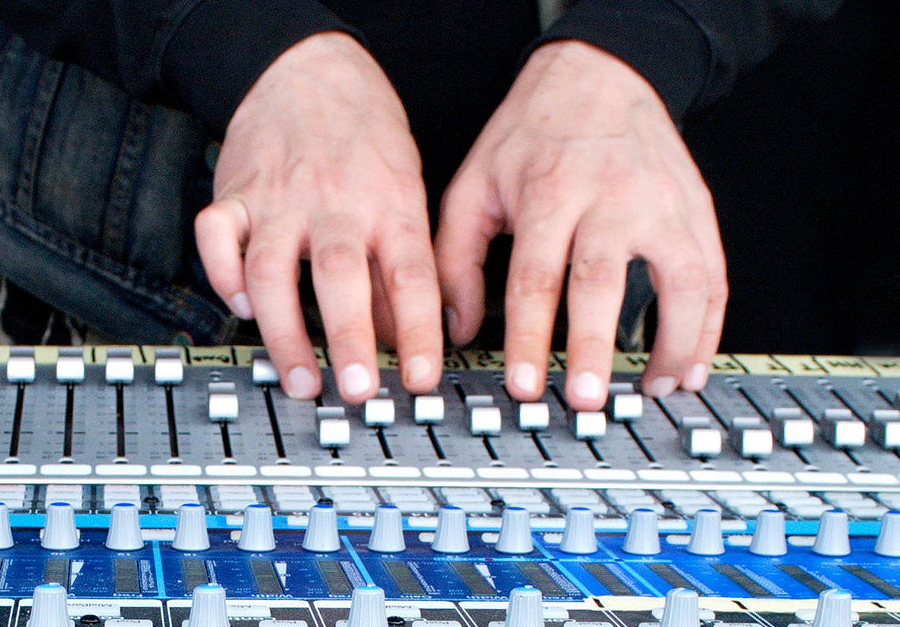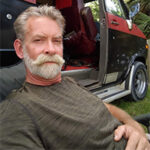There are times with a live mix when we outsmart ourselves. Too many knobs turned. Too many buttons pushed. The EQ looks like a crazy BMX track. Preamps and faders are well outside of the ideal range.
Sometimes the best thing to do is zero it all out and start over.
Several years ago, I had the honor of mixing a one-night show for a band that I absolutely love. Most of my gigs were as a hired gun, working for whoever showed up. This was different.
The show was at a venue with a great house system, a really solid setup. I was brought in to mix front of house and monitors for the headliner from the same console.
For whatever reason, the band was late, which left the opening act plenty of time for sound check. The crew had set up their board in front of me, joined by an abundance of outboard gear. As soon as they started playing, it was obvious that the guy at the console was struggling to dial in the mix.
After a while, I wandered down to help him with a few things and we got it better, mostly by pushing a lot of bypass buttons and adjusting more appropriate EQ frequencies. After 10 minutes or so, he seemed OK and I went back to my world.
Once my band finally showed up, we only had a few minutes for sound check. No problem. I knew the system, these guys were pros, it went fine.
When the opening act kicked off the show, their engineer returned to frantically adjusting his mix and processors. Eventually he settled down a bit but was still too jumpy to the end.
During my set, he stood next to me and observed for quite some time, finally asking rather desperately why my mix sounded considerably better. What magic toy did I posses in my rack that he didn’t? What form of sorcery was I using that he’d not yet acquired?
Nothing. Just a decent console, a few compressors and gates, one channel of reverb and one channel of delay. Two rack spaces of processors total. Plenty for an old-school rock mix, stripped down with minimal EQ. The band was amazing, and the mix just fell into place. It was a spectacular night.
As delicately as possible, I mentioned that he seemed too dependent on the toys at the expense of listening to and appropriately crafting his mix. I asked (gently) if perhaps he was too concerned about the technology while losing touch with the sound – not to mention the accumulation of unnecessary, and possibly conflicting, issues from a serious tangle of patch cables and processors.
He’d reached the point of no return, which in my observation seems to happen more often to folks who mix the same group on the same system every week. There’s a tendency to keep building and adding to make things “different” and “better” – and it can lead to a confusing mess. Hired guns, on the other hand, don’t usually face this problem, mixing different bands with sometimes different gear every gig. They have to zero it out after every show. It’s not an option.
Once, early in my career while working in a studio, I got chewed out over one aux knob that didn’t make it back to absolute zero: “What if that aux brought in something we couldn’t fix? What if you cost us a client?” That was basically how the chewing out went.
I didn’t like the attack, but I understood the logic. We have to be in control of the mix. We don’t want random weirdness to interfere with the sound. We can’t become hoarders of frequencies and processors or the result is a sonic cesspool of unnecessary junk.
The moral of the story? If you just can’t seem to get the mix where you want it, don’t be afraid to start over. Not five minutes before show time, but the next sound check or rehearsal. And keep firmly in mind that simple and clean is pretty amazing.
Just don’t be the last person to notice when you’ve reached the point of no return.





















